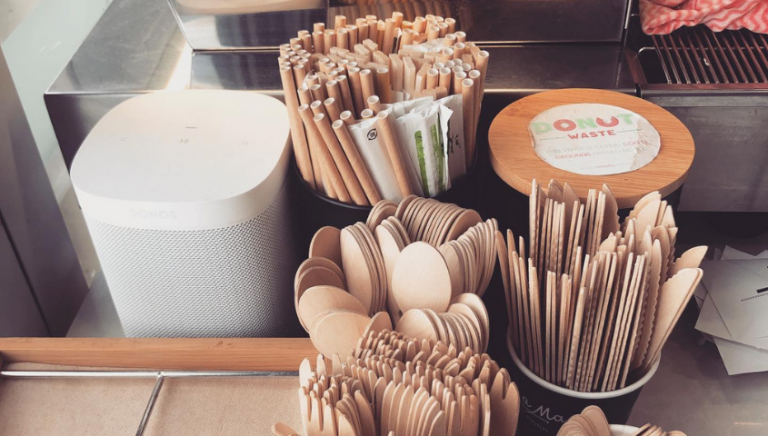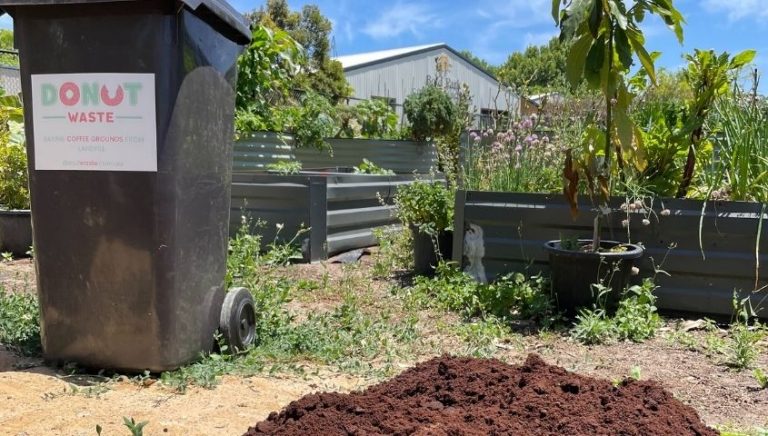Running a business and bringing people together in an office inevitably leads to resource use and waste generation. Examining the waste produced in your office is a crucial step in your sustainability journey—or a necessity if you’re already on one. After all, what isn’t measured can’t be improved. In fact, this is a golden opportunity to save money, reduce your environmental impact, and enhance your green credentials.
What is a waste audit?
A waste audit is exactly what it sounds like—a closer look at what’s ending up in your bins. It’s about understanding the types and amounts of waste your business produces so you can make smarter decisions. Think of it as Marie Kondo-ing your trash but with an eye on sustainability.
Getting your ducks in a row: preparing for the audit
First things first, you need a game plan. Start by assembling a small but mighty team. Ideally, this should include people from different parts of your business—because waste happens everywhere, not just in the kitchen or at the front desk.
Next, clarify your goals. For example, you might aim to assess the amount and types of waste to reduce or to find better ways to prevent waste.
Suggested equipment:
- Gloves
- Tarpaulins
- Boxes or bags for separating waste
- Large scales (relative to the quantity of waste)
- Pen/pencil and clipboard with waste audit record sheets (downloadable templates below)
Conducting the audit
Now for the fun part—actually conducting the audit. Choose a timeframe that works well (a week is usually ideal) and ensure your bins are not emptied before you begin. Try to select a typical week without unusual events, such as extended holidays.
Yes, that means getting up close and personal with your rubbish. Tip out each bin and first observe any contamination. Contamination refers to items that do not belong in the bin, such as batteries in a recycling bin or recyclable plastic bottles in a general waste bin.
Record this in your spreadsheet and estimate the percentage of contamination relative to your bin contents.
Separate everything into categories—paper, plastic, food waste, recyclables, and so on.
Once you’ve gathered everything, measure and record it. Weigh each category, count items where applicable, and note it all down. For example, count takeaway containers and single-use coffee cups.
This isn’t just about filling up a spreadsheet; it’s about uncovering the story your waste is telling you.
Finally, analyse your findings. What’s taking up the most space? Are there materials that could be recycled but aren’t? This is where you’ll start spotting the patterns and areas ripe for improvement.

Turning Insight into action: developing your plan
Armed with your audit results, it’s time to craft an action plan. Start by identifying the low-hanging fruit—simple changes that can make a big difference. Maybe it’s swapping out single-use plastics for reusable options, or setting up better recycling stations.
Set clear, achievable goals. For example, aim to cut your general waste by 20% over the next six months. Then, outline the steps you’ll take to get there, whether it’s staff training, introducing new waste bins, or partnering with a local recycling program.
Keeping the momentum: monitor and review
A waste audit isn’t a one-time task. To achieve lasting benefits, it’s important to review and monitor regularly. Schedule audits every 6-12 months to track progress and make necessary adjustments.
Initial changes might have been effective, but staff turnover and industry updates can bring new challenges. Staying flexible and committed to continuous improvement is key to maintaining and enhancing your sustainability efforts.
Getting everyone on board: Engaging your team and customers
Waste reduction is a team effort, so make sure everyone’s in the loop. Share the results of your audit with your staff, celebrate your wins, and discuss areas where you can all do better. Engage your customers too—people love to support businesses that are making a real effort to be sustainable.
Wrapping up the trash talk
And there you have it—a clear guide to conducting your own waste audit. By managing your waste effectively, you’re not only reducing costs but also positioning your business as a sustainability leader.
Grab your checklist and make waste reduction a key part of your business strategy.
If you have any questions or need assistance, feel free to email Shark for support.



